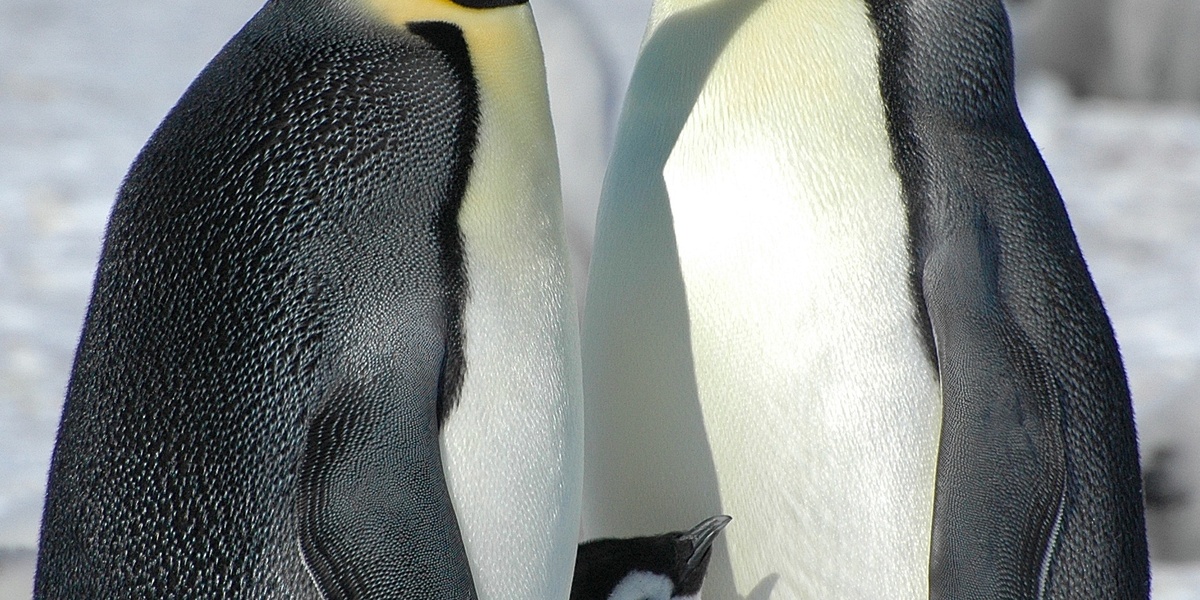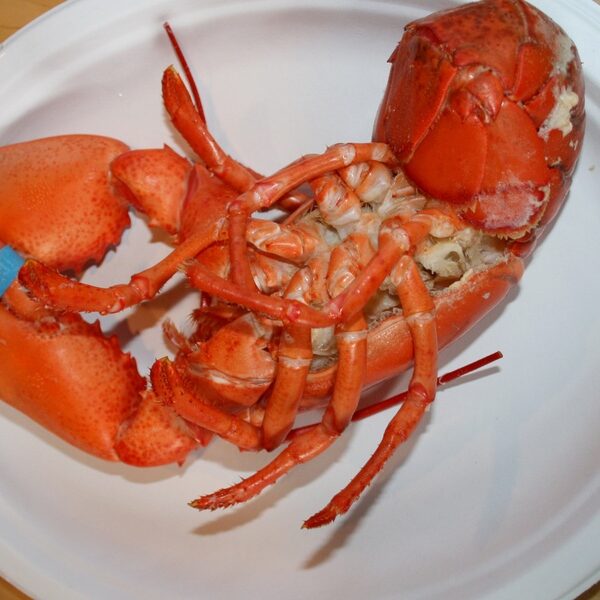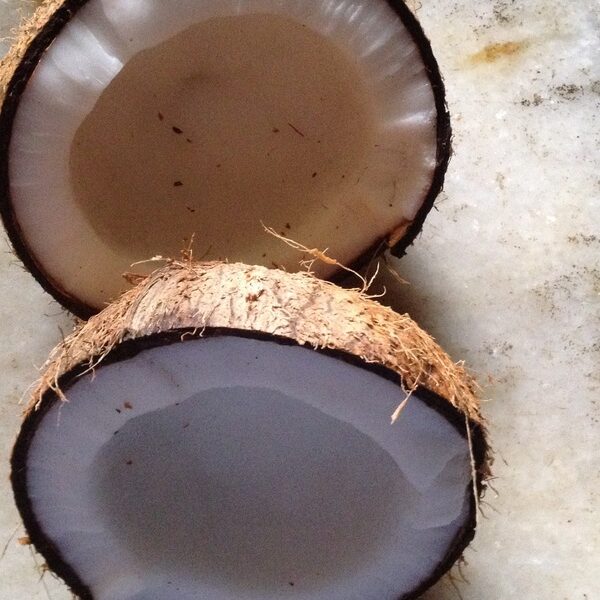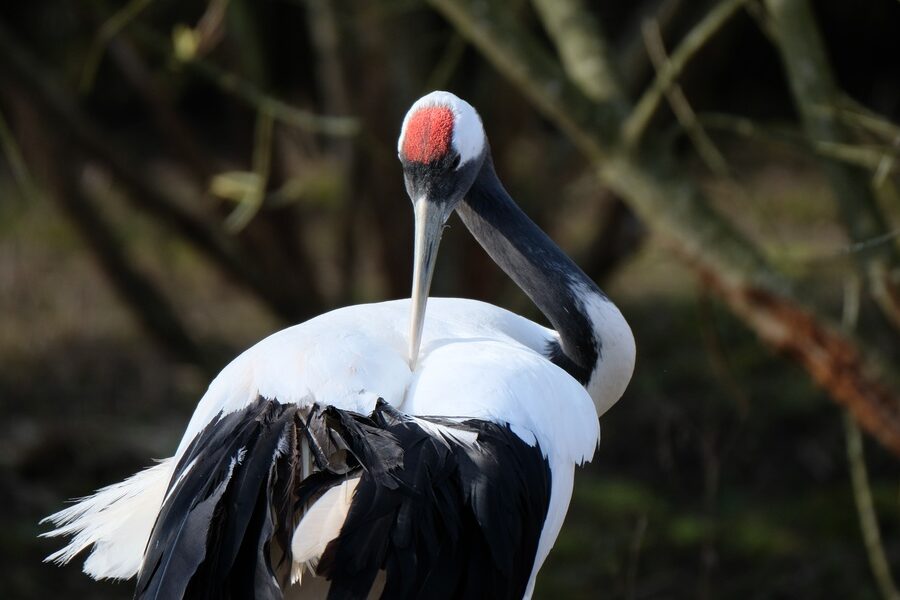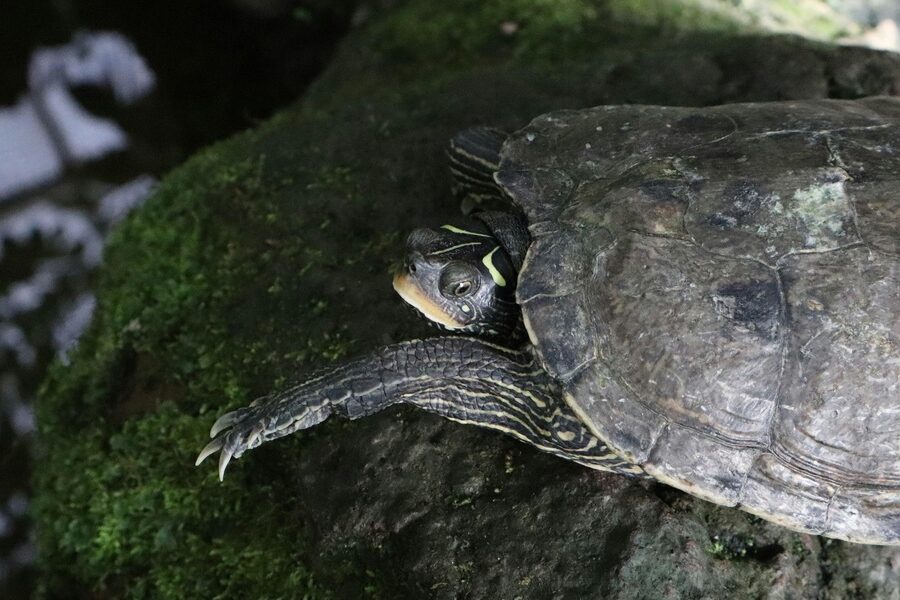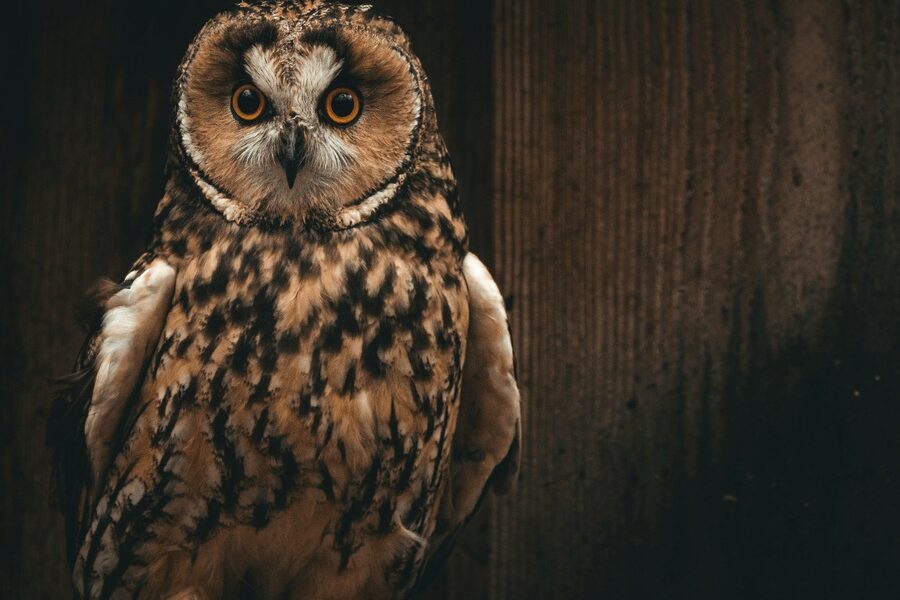Antarctica’s environment is both stark and fragile, shaped by sea ice, cold currents and seasonal productivity. Wildlife here has adapted to narrow windows of food and breeding habitat, so even small changes in climate or human activity can have outsized effects.
There are 12 Endangered Species in Antarctica, ranging from Amsterdam Albatross to Yellow-eyed Penguin. For each species the table lists Scientific name,IUCN status,Range (locations) so you can quickly see taxonomy, threat level and where they occur — you’ll find below.
How are species in Antarctic regions assessed as endangered?
Assessments follow IUCN criteria—population size, decline rate, and range fragmentation—but in Antarctica data gaps and remote monitoring make estimates uncertain; researchers combine field surveys, satellite tracking and historical records to build the best picture possible.
What practical actions can people take to help these species?
Support reputable conservation groups, reduce carbon emissions that drive habitat change, follow guidelines for responsible tourism and fisheries, and promote science-based policy so protections and recovery plans are funded and enforced.
Endangered Species in Antarctica
| Name | Scientific name | IUCN status | Range (locations) |
|---|---|---|---|
| Blue Whale | Balaenoptera musculus | Endangered (EN) 2018 | Antarctic Ocean during austral summer |
| Sei Whale | Balaenoptera borealis | Endangered (EN) 2018 | Sub-Antarctic waters, Southern Ocean |
| Amsterdam Albatross | Diomedea amsterdamensis | Endangered (EN) 2018 | Breeds on Amsterdam Island, southern Indian Ocean |
| Antipodean Albatross | Diomedea antipodensis | Endangered (EN) 2017 | New Zealand sub-Antarctic islands, Southern Ocean |
| Northern Royal Albatross | Diomedea sanfordi | Endangered (EN) 2018 | Breeds on New Zealand islands, forages in Southern Ocean |
| Grey-headed Albatross | Thalassarche chrysostoma | Endangered (EN) 2018 | Circumpolar sub-Antarctic islands like South Georgia |
| Atlantic Yellow-nosed Albatross | Thalassarche chlororhynchos | Endangered (EN) 2017 | Breeds on Tristan da Cunha group, South Atlantic |
| Indian Yellow-nosed Albatross | Thalassarche carteri | Endangered (EN) 2017 | Sub-Antarctic islands in southern Indian Ocean |
| Northern Rockhopper Penguin | Eudyptes moseleyi | Endangered (EN) 2018 | Sub-Antarctic islands of the South Atlantic and Indian Oceans |
| Erect-crested Penguin | Eudyptes sclateri | Endangered (EN) 2020 | Breeds on New Zealand’s Bounty and Antipodes Islands |
| Yellow-eyed Penguin | Megadyptes antipodes | Endangered (EN) 2020 | New Zealand coast and its sub-Antarctic islands |
| Macquarie Shag | Leucocarbo purpurascens | Endangered (EN) 2018 | Endemic to sub-Antarctic Macquarie Island |
Images and Descriptions
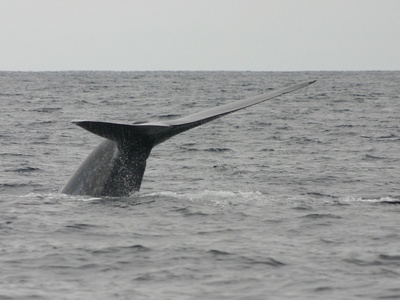
Blue Whale
The largest animal on Earth, its population was decimated by whaling. Today, its recovery is slow, with major threats including ship strikes, ocean noise pollution, and climate change impacting their krill food source in Antarctic feeding grounds.
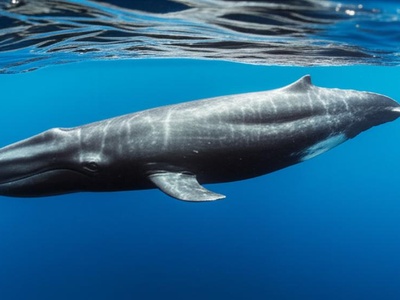
Sei Whale
One of the fastest swimming whales, the sei whale was heavily hunted after other species declined. It faces ongoing threats from vessel collisions and entanglement in fishing gear. They migrate to sub-Antarctic waters to feed on krill and copepods.
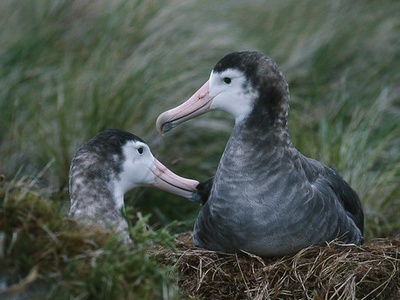
Amsterdam Albatross
One of the world’s rarest birds, with a population of around 170 individuals. It breeds on a single sub-Antarctic island, where it is threatened by disease and historical habitat degradation. Longline fishing remains a threat at sea.
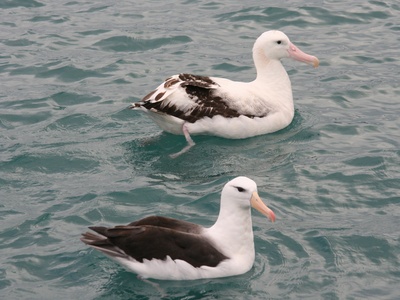
Antipodean Albatross
This great albatross is in rapid decline, primarily due to being accidentally caught in longline fisheries. Females are particularly at risk as they forage in more dangerous waters. It breeds on remote islands like Antipodes and Campbell Island.
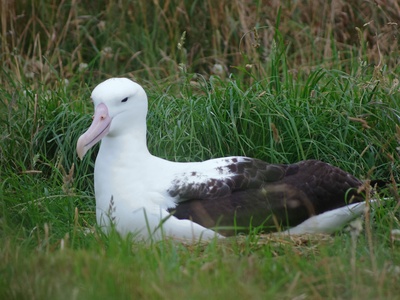
Northern Royal Albatross
A majestic bird with a huge wingspan, its small breeding population is vulnerable to severe storms fueled by climate change. At sea, it is threatened by bycatch in commercial fisheries while foraging over the vast Southern Ocean.
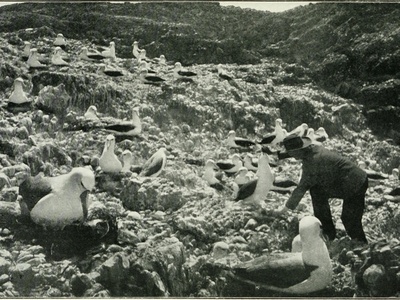
Grey-headed Albatross
Named for its striking dark grey head, this albatross is declining rapidly due to interactions with longline fisheries. It breeds on windswept sub-Antarctic islands and forages for squid and fish as far south as the Antarctic sea ice.
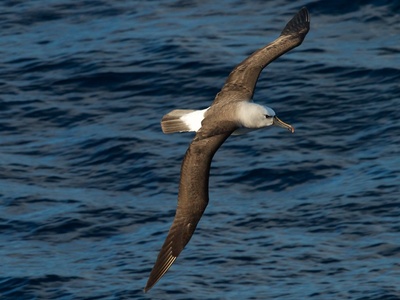
Atlantic Yellow-nosed Albatross
The smallest of the South Atlantic albatrosses, this species is threatened by longline fishing and potential diseases introduced to its remote sub-Antarctic breeding islands. Its population has declined by over 50% in the last few decades.
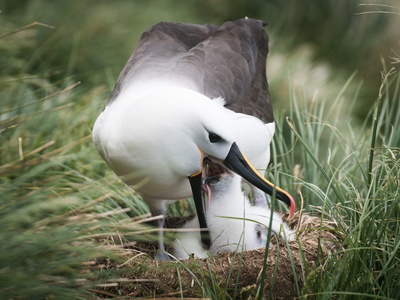
Indian Yellow-nosed Albatross
This graceful albatross breeds on islands like Kerguelen and Amsterdam. It is endangered primarily due to being caught as bycatch in pelagic longline fisheries for tuna and swordfish while foraging for food for its single chick.
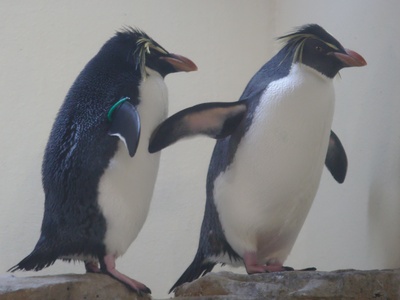
Northern Rockhopper Penguin
With its punk-rock crest, this feisty penguin has suffered a massive population crash. The cause is likely changes in ocean temperature affecting the availability of their krill and fish prey, combined with predation at their breeding colonies.
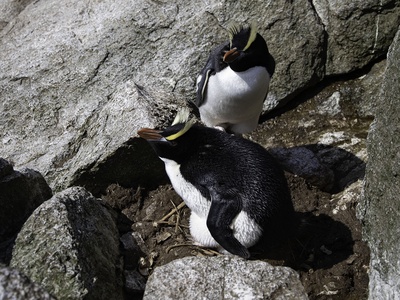
Erect-crested Penguin
One of the least-known penguins, its population has plummeted for reasons that are not fully understood, but likely involve oceanographic changes affecting food supply. They breed only on two remote, inhospitable sub-Antarctic island groups.
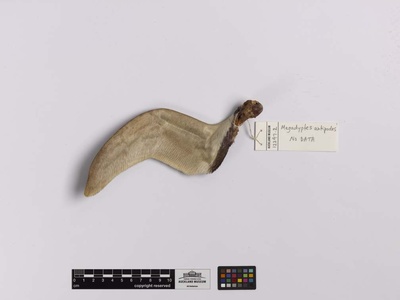
Yellow-eyed Penguin
Also known as hoiho, this is one of the world’s rarest penguins. It faces a combination of threats including habitat loss, disease, and predation by introduced species. It breeds on the New Zealand mainland and sub-Antarctic Campbell and Auckland Islands.
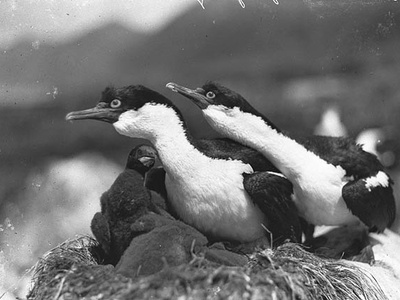
Macquarie Shag
This striking seabird, a type of cormorant with a bright blue eye-ring, is found only on Macquarie Island. Its small, localized population makes it extremely vulnerable to environmental changes, food shortages, and severe weather events impacting breeding success.
